Have you ever walked out to your garden and noticed a layer of green on top of your soil?
And no, we're not talking about some funky new fertilizer trend. We're talking about the dreaded green soil.
It's not the most aesthetically pleasing thing to see, but don't worry; you're not alone.
So, what causes this green layer to form? Well, it could be a few things. Maybe you're overwatering your plants, or they're getting too much sunlight.
Or, it could be that some sneaky algae or moss has decided to set up shop in your soil. Whatever the cause, it's not necessarily harmful to your plants, but it can be an eyesore.
Luckily, there are ways to fix this issue. Just continue scrolling down for more tips.
Understanding Green Soil
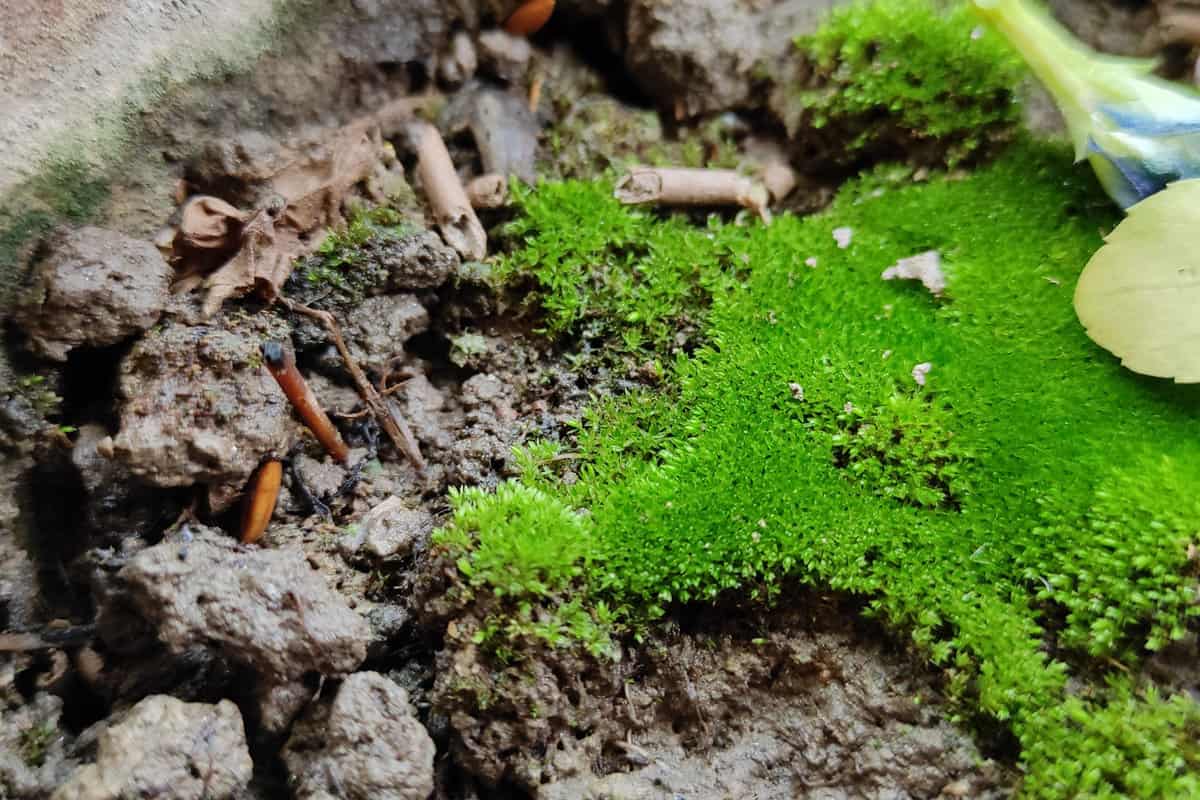
What Green Soil Means
If you notice green soil in your garden, it's most likely caused by algae growth.
Algae is a simple plant that thrives in damp and humid conditions. It can grow on wet rocks, soil, and even on the surface of water.
Green soil can also indicate an overwatered garden or potting soil. Overwatering causes iron in the soil to oxidize, which turns the soil green.
In addition, excess water invites the growth of algae or moss.
The Role of Photosynthesis
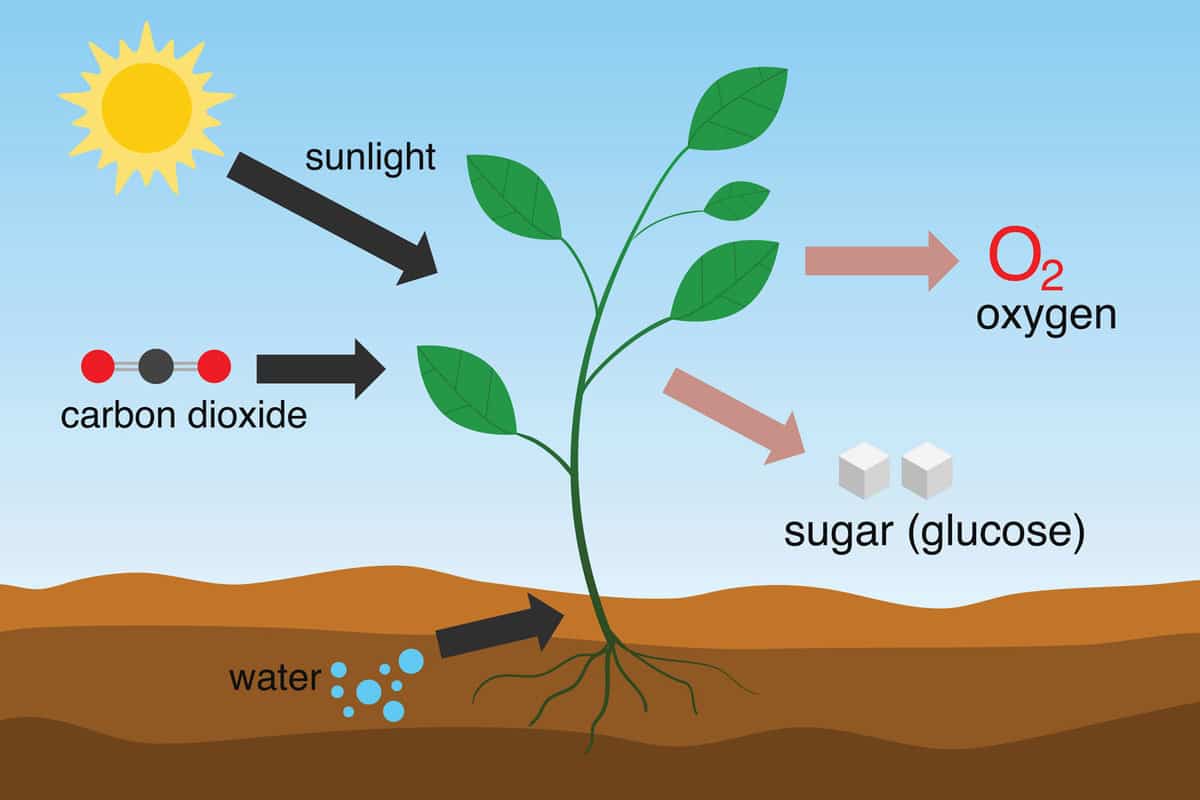
Did you know that plants and algae use sunlight to make energy? It's called photosynthesis.
They take in carbon dioxide and water and then use the sunlight to turn it into oxygen and glucose.
Plants are green because they have a special pigment called chlorophyll that helps them absorb the sunlight they need for photosynthesis.
But here's the thing - sometimes, too much algae can be in the soil. And while they also use photosynthesis to grow, too much of them can harm your plants.
That's because they'll start competing with your plants for nutrients and water, which can end up hurting your garden.
Factors Influencing Green Soil
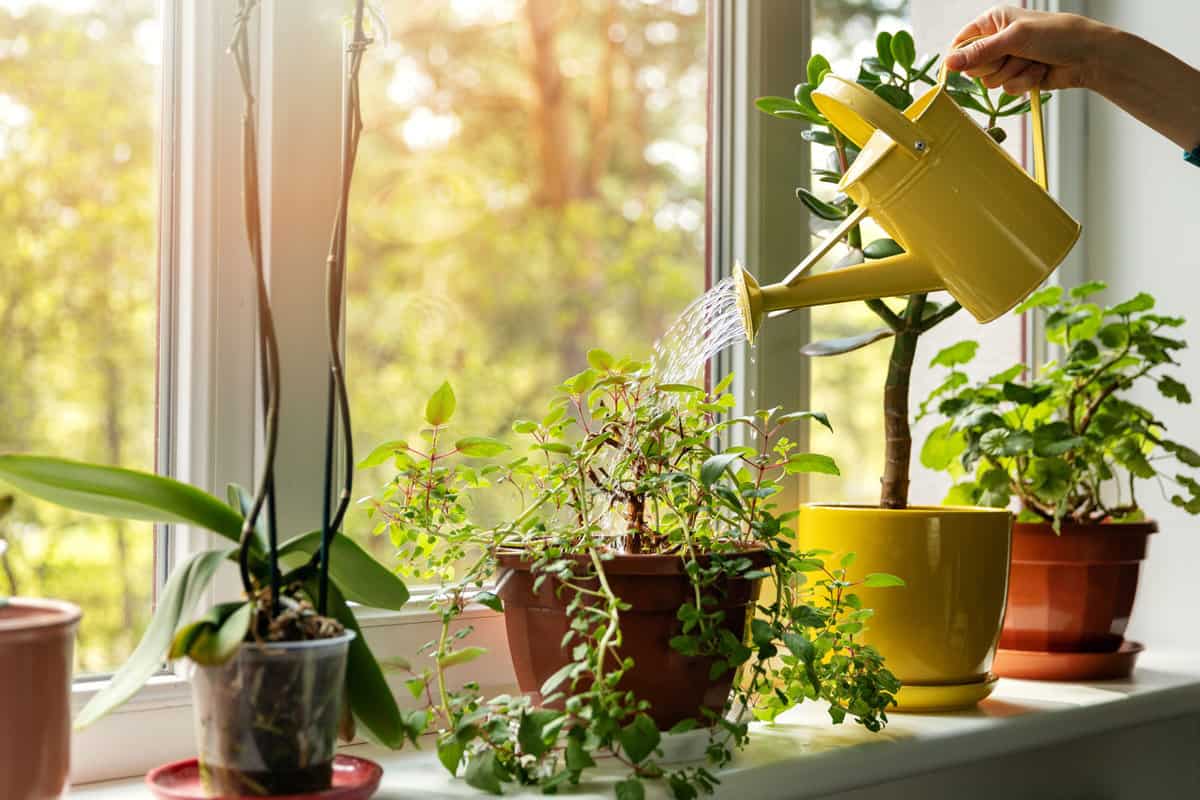
Several factors can influence the growth of algae and other plants in your soil. These include:
- Moisture: Algae thrives in damp and humid conditions. Overwatering your garden or potting soil can create the perfect environment for algae growth.
- Sunlight: Algae need sunlight to carry out photosynthesis. If your garden or potting soil is exposed to too much sunlight, it can promote algae growth.
- Nutrients: Algae needs nutrients to grow. If your soil is rich in nutrients, it can promote the growth of algae and other plants.
- pH: Algae prefers slightly acidic soil. If your soil is too alkaline or too acidic, it can affect the growth of algae and other plants.
Say Goodbye to Green Soil: Common Causes and Solutions
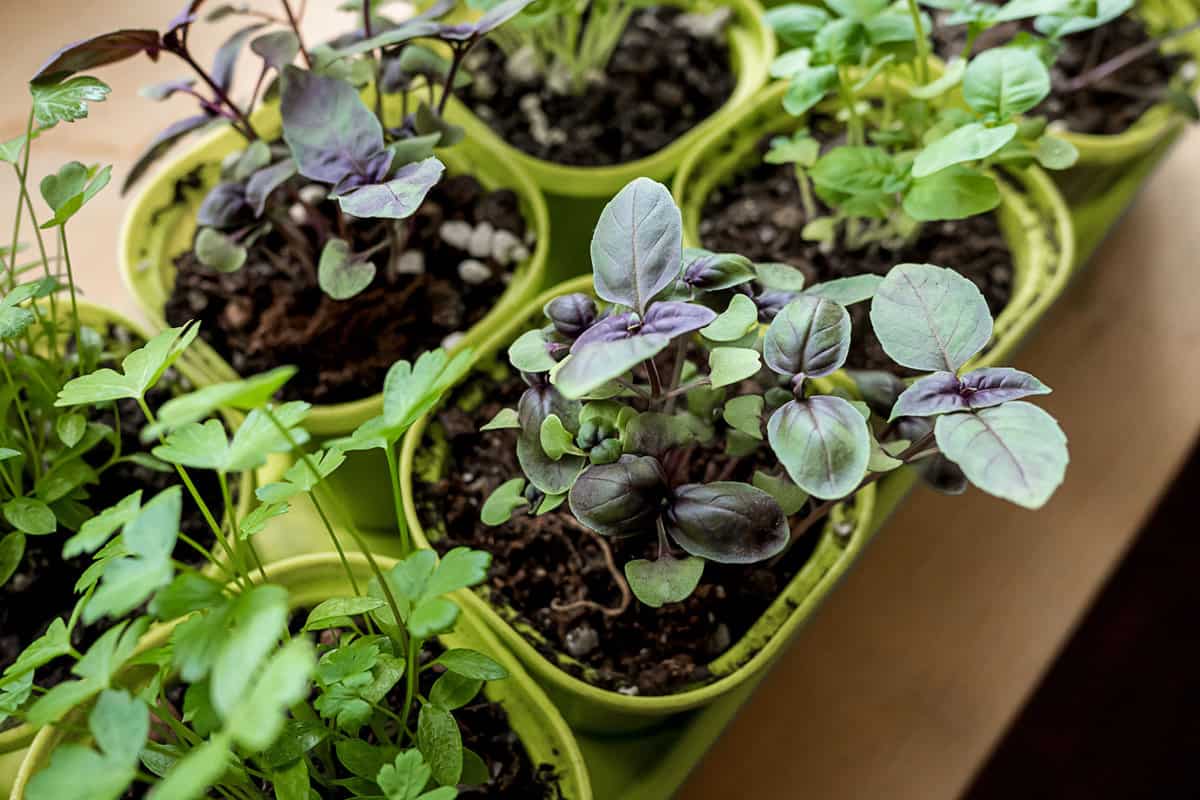
Understanding these causes can help you take the appropriate steps to address the issue and keep your plants healthy.
Here are some of the most common causes of green soil and how to fix it:
Water and Drainage Issues

One of the possible causes of green soil is overwatering or poor drainage. When you overwater your plants, or if your soil doesn't drain well, it can create the perfect environment for algae and other organisms to grow.
And before you know it, you're dealing with green soil.
One solution is to improve drainage by adding organic matter to your soil. This can help loosen up the dirt and allow for better drainage.
Another option is to create a raised bed, which can help prevent water from sitting in one spot too long.
So, the next time you're tempted to give your plants some extra water, remember that less is often more when gardening.
Sunlight and Shade Factors
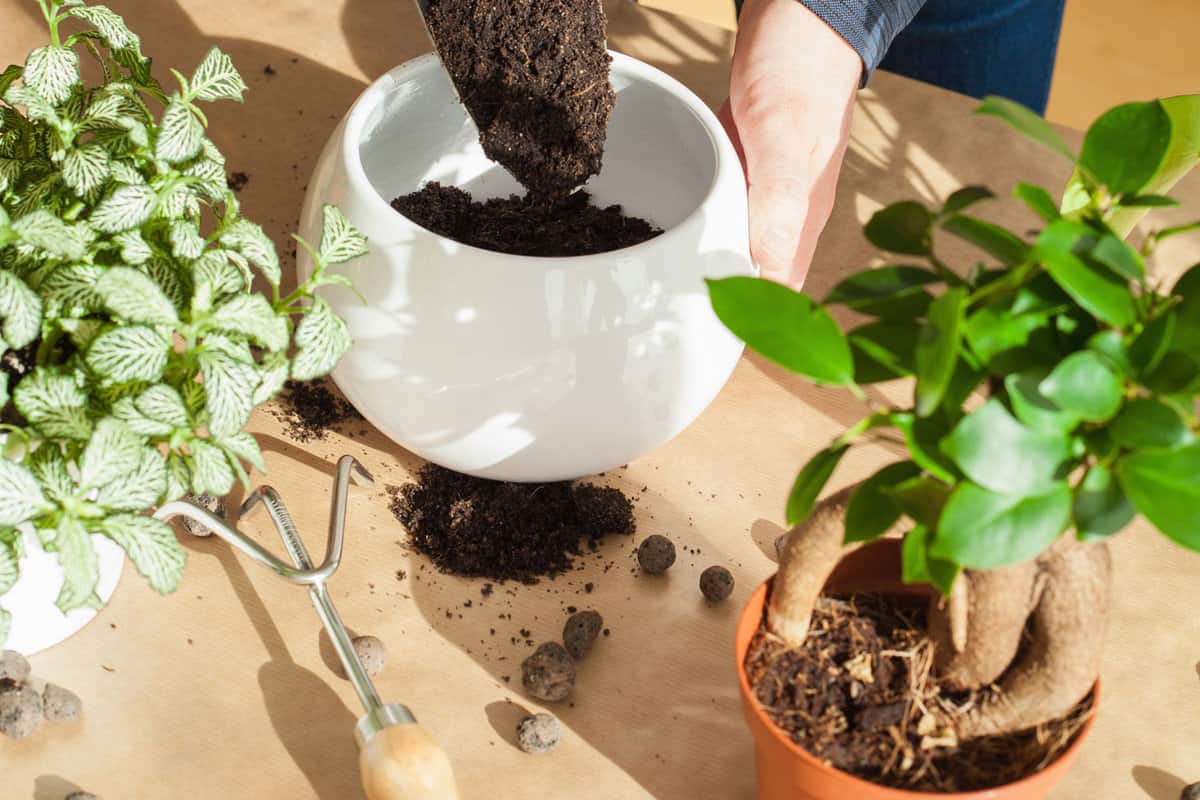
Did you know that too much sunlight can also cause green soil? It's true!
If your soil is exposed to direct sunlight, it can create the perfect environment for algae and other organisms to thrive.
On the other hand, if your soil is consistently shaded, it may not dry out properly, which can also lead to green growth.
If your garden is getting too much sun, try pruning nearby trees or adding shade cloth to help block out some of the direct sunlight.
If your garden is too shaded, try trimming back some of the nearby foliage to allow more light to filter through.
Soil Composition and pH
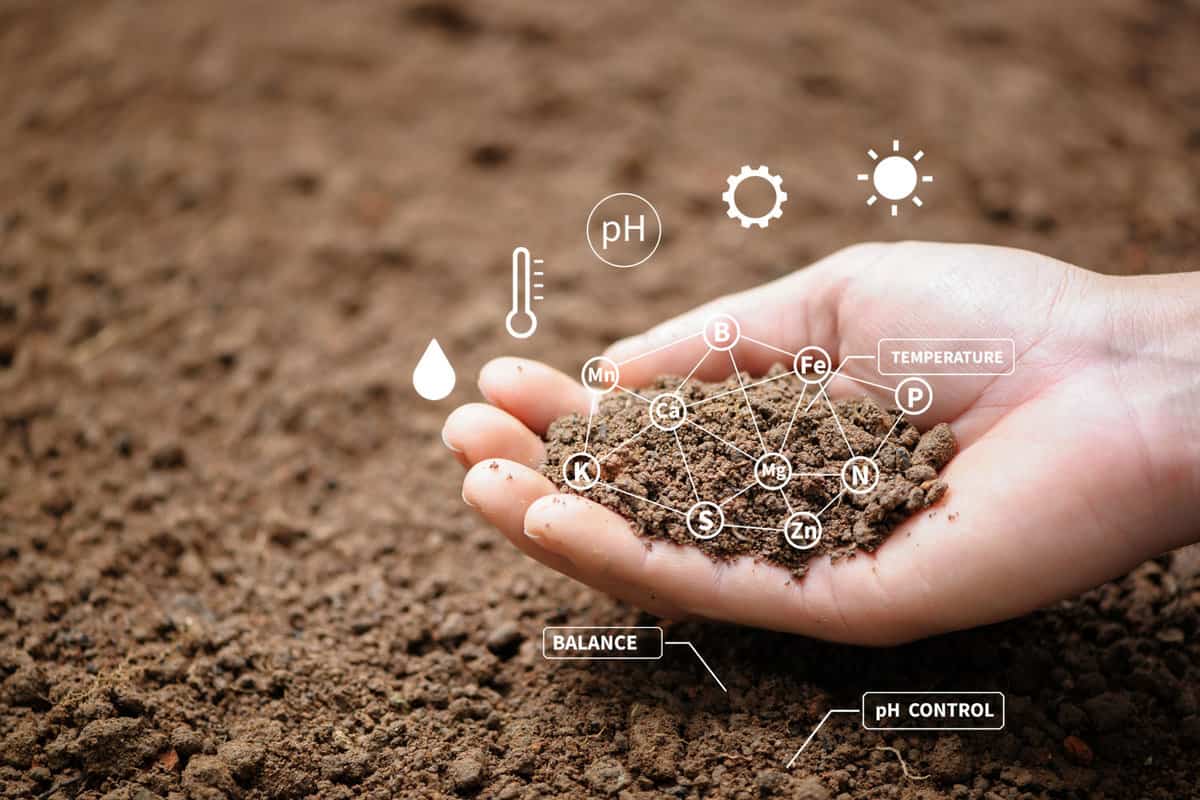
Soil high in organic matter or a high pH can be more prone to algae growth.
And while organic matter is great for your plants, too much can create a perfect environment for algae to thrive.
Testing your soil and making adjustments as needed can help prevent this issue.
You can use a soil testing kit to check the pH levels of your soil and add amendments like lime or sulfur to adjust it as needed.
Nutrient and Fertilizer Concerns

Algae and other organisms thrive in nutrient-rich environments, so it's essential to ensure you're not overdoing it with fertilizers.
If you're using synthetic fertilizers, it's easy to accidentally add too much, which can create an ideal environment for algae to grow.
Organic fertilizers like compost, manure, fish emulsion, bone meal, and blood meal release nutrients more slowly, which can help prevent nutrient imbalances and over-fertilization.
Related reading: Does Potting Soil Go Bad If It Freezes?
Choosing the Right Plants for Your Garden

Some plants are more prone to green soil than others. When dealing with green soil, consider choosing less likely plants to cause the problem.
For example, plants that prefer drier soil might be a good choice, such as succulents like cacti and aloe vera and herbs like rosemary and thyme.
Final Words

And that's it! Congratulations on understanding green soil.
While it may not be the most attractive thing to see in a garden, there's no need to panic.
By understanding the causes and solutions, gardeners worldwide can keep their gardens healthy and vibrant.
Remember to test your soil, adjust your watering and fertilizing habits, and choose plants less likely to cause green soil.
Related Posts:
